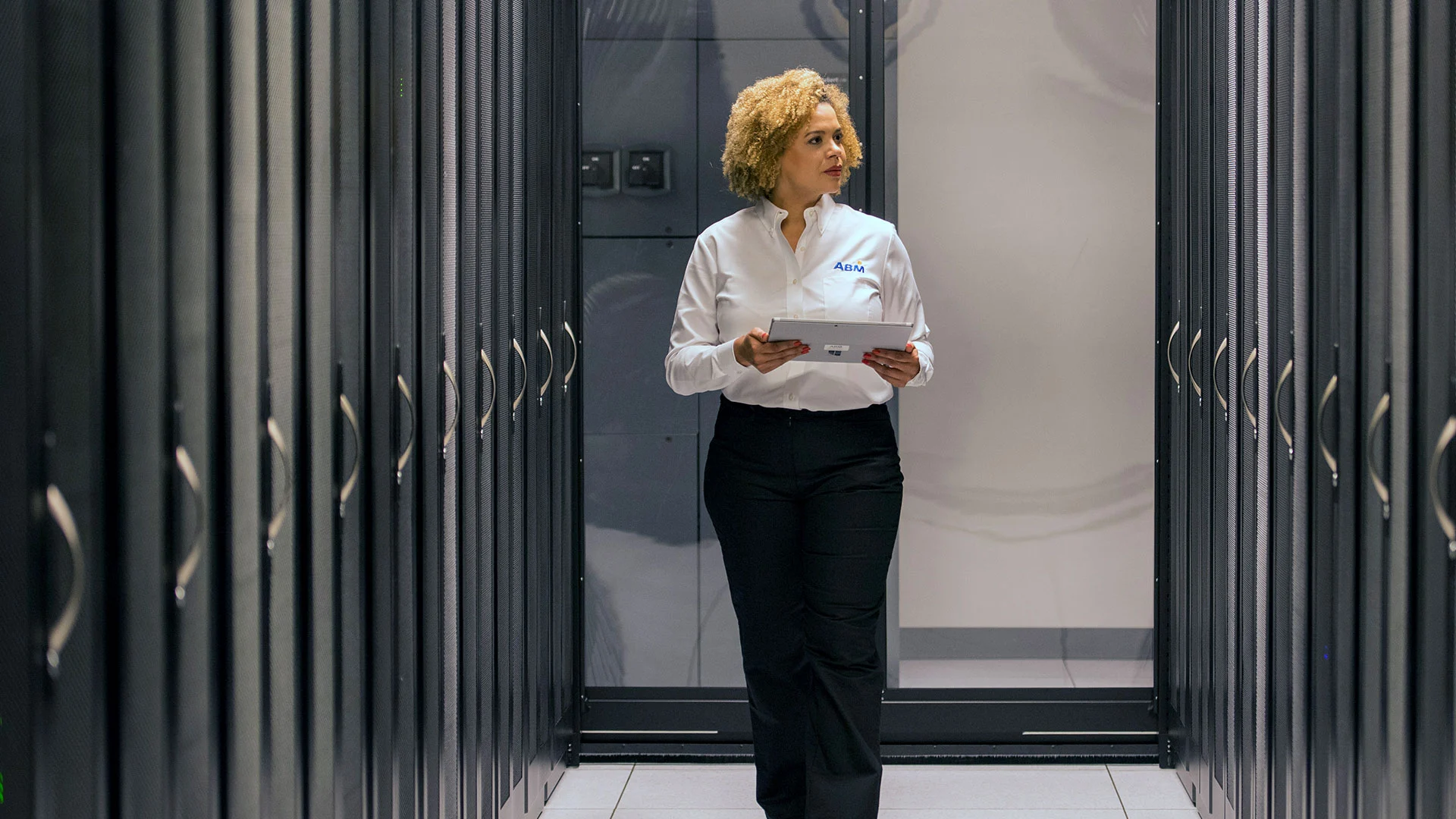Retrofitting for efficiency: Building strategies by sector
Energy retrofits aren’t just a sustainability initiative. They’re a business decision grounded in economics, regulation, and building performance. In the U.S., commercial buildings account for nearly 20% of total energy consumption. As these facilities age and energy prices climb, the case for retrofitting becomes increasingly urgent.
From offices and schools to government buildings and healthcare facilities, each sector has its own pain points, but they also share a massive opportunity. According to the U.S. Department of Energy, commercial building retrofits can reduce energy use by 30% or more, often with relatively short payback periods when projects are well targeted.
What is retrofitting when it comes to older buildings?
Retrofitting is the process of upgrading existing building systems to improve performance, efficiency, and comfort. It goes beyond maintenance and simple equipment swaps. Instead, retrofits are strategic interventions based on performance data and aligned with long-term goals, such as cost savings, compliance, resilience, and ESG metrics.
As outlined in the Advanced Energy Retrofit Guides by PNNL and NREL, retrofitting enables facilities to preserve what still functions effectively while surgically improving what doesn’t. And as a Forbes piece on adaptive reuse reminds us, “the greenest building is the one already built.”
Why retrofits matter now
- The average U.S. commercial building is over 50 years old, and many operate well below modern energy performance standards
- HVAC systems alone account for 35% of commercial building energy use
- Carbon regulations and tenant expectations are tightening across market
Retrofitting enables facility leaders to reduce risk while simultaneously improving performance.
Start with an energy audit
No two buildings are the same, and retrofits shouldn’t be either. A comprehensive energy audit reveals:
- Inefficiencies in lighting, HVAC, and envelope systems
- Opportunities for load reduction and peak demand management
- Control system setbacks and underutilized automation
ASHRAE Level 1, 2, or 3 audits provide increasing levels of detail. Even a basic walk-through can identify low-cost opportunities that deliver real results.
Sector-specific strategies
Office buildings: retrofit for hybrid agility
The modern office isn’t static. Hybrid schedules, shared workspaces, and fluctuating tenant loads necessitate a more intelligent approach to energy management.
Targeted retrofit strategies include:
- Occupancy-based lighting and temperature controls
- Daylight harvesting with dimming ballasts
- Building automation system (BAS) upgrades
- Demand-controlled ventilation (DCV) tied to CO2 sensors
The Empire State Building’s energy retrofit is often cited for good reason: it achieved a 38% reduction in energy use and cut operating costs by $4.4 million per year.
Retail spaces: energy savings that don’t compromise shopping experience
Retail facilities face unique challenges, including variable occupancy, long hours, high-visibility lighting, and constant entry and exit. Retrofitting here means creating an efficient envelope and intelligent control strategy.
Effective upgrades include:
- Energy-efficient display lighting and back-of-house fixtures
- Air curtain technology or vestibules to reduce heating/cooling loss
- HVAC zoning based on usage patterns and schedules
- Upgraded thermostats and remote building management tools
The result is better customer comfort with a smaller energy footprint.
Healthcare: balance efficiency with patient care
Hospitals and healthcare facilities must strike a balance between energy efficiency, patient comfort, and code compliance. HVAC and lighting need to meet strict guidelines for infection control, IAQ, patient safety, and 24/7 reliability.
Tactical retrofit measures:
- Air handlers with variable frequency drives (VFDs)
- Energy recovery ventilators for exhaust/intake balance
- Zoned temperature control by department or occupancy
- Retro-commissioning of critical systems
Even incremental changes in healthcare settings can yield significant energy savings annually while improving patient comfort.
Schools: improve budgets and learning enviornments
K-12 buildings often rely on outdated infrastructure and mechanical systems. Retrofitting can improve both operating budgets and student outcomes.
High-impact opportunities:
- High-efficiency boilers and packaged rooftop units
- Better insulation and air sealing
- Smart controls for gymnasiums, cafeterias, and classrooms
- Enhanced natural lighting strategies
According to the Department of Energy, retrofits in public schools can yield 30-50% energy savings and are often eligible for grants, bonds, or rebates.
Navigating constraints
Retrofitting isn’t always straightforward, especially in complex environments like schools, healthcare facilities, or historic buildings. While the long-term gains are clear, several factors can make implementation challenging:
- Historic buildings may be subject to preservation restrictions that limit changes to windows, facades, or mechanical systems. Energy improvements must balance efficiency goals with architectural integrity.
- Occupied facilities such as hospitals, offices, or schools have tight operating schedules. Work often needs to be done at night, on weekends, or in carefully phased increments to minimize disruptions to occupants.
- Mismatched timelines between capital budgets, procurement cycles, and installation windows can delay progress or shrink available funding.
In these cases, success depends not only on the retrofit design but also on the ability to adapt to real-world constraints. Pre-planning is essential, particularly for aligning stakeholders across departments, setting expectations with tenants, and sequencing work in a way that minimizes operational disruption.
Working with a partner like ABM, who brings a deep bench of retrofit experience across sectors, allows for flexible road mapping that draws on proven playbooks. This includes:
- Prioritizing “low-hanging fruit” (like lighting and controls) to show early ROI
- Bundling upgrades to maximize rebates and funding opportunities
- Using energy audits to inform the scope and phasing of each project
- Leveraging downtime windows, like school breaks or tenant changeovers
Even when working within tight limits, retrofits can be phased and staged to deliver real results, especially with the right combination of foresight, coordination, and technical execution.
Final takeaway
Retrofitting is where operational excellence meets future readiness. It’s how organizations cut costs, meet mandates, and create better environments for the people inside them. Whether you're managing a school district, a national retail footprint, or a single high-rise, the roadmap begins with one step: examining closely how your building actually performs.
Connect with us to explore opportunities for reducing costs and enhancing energy efficiency





